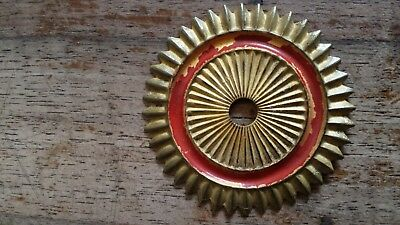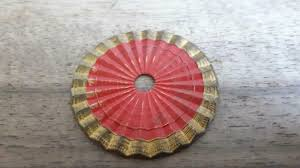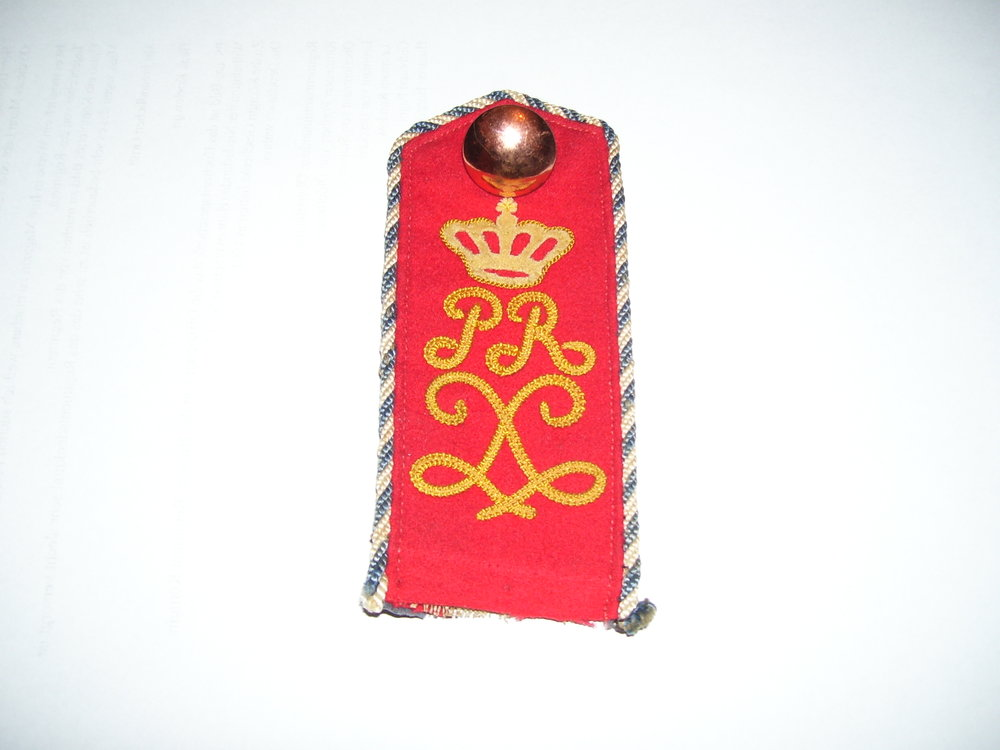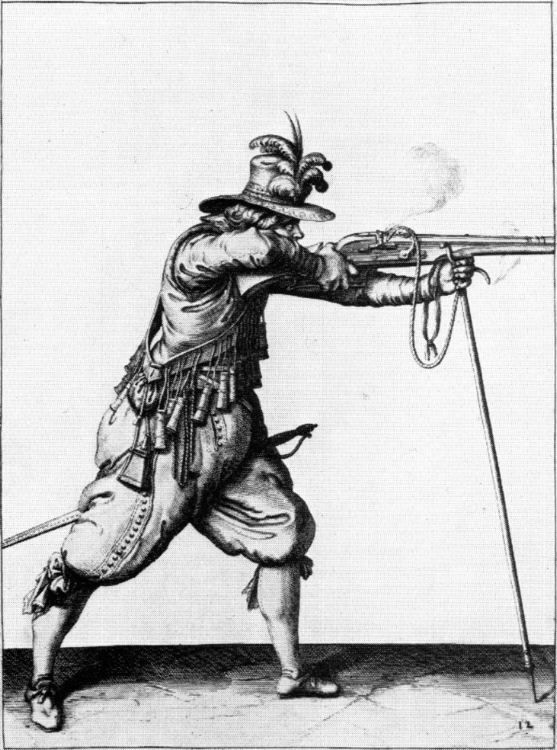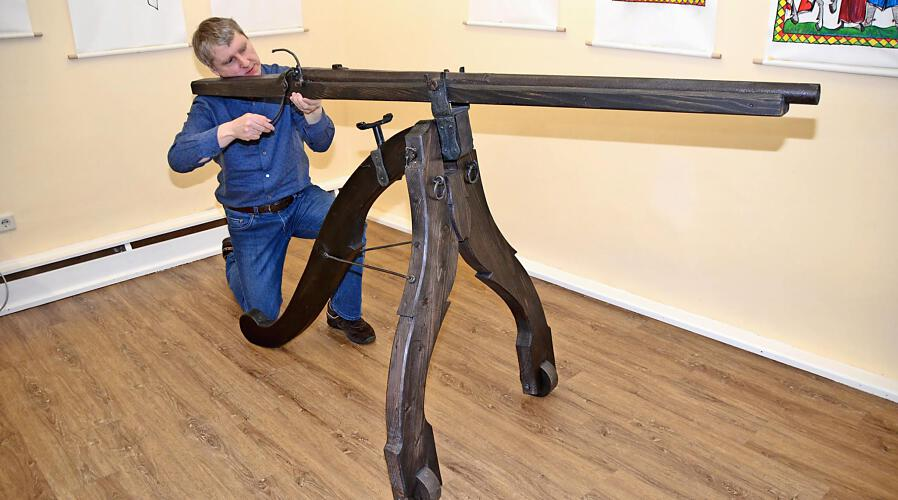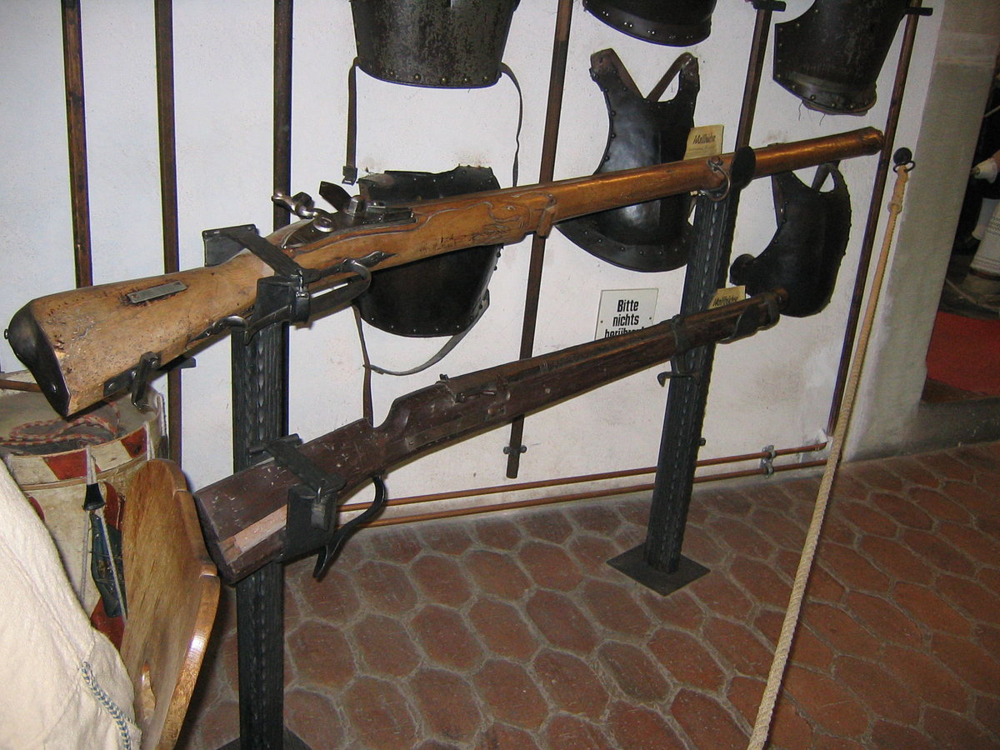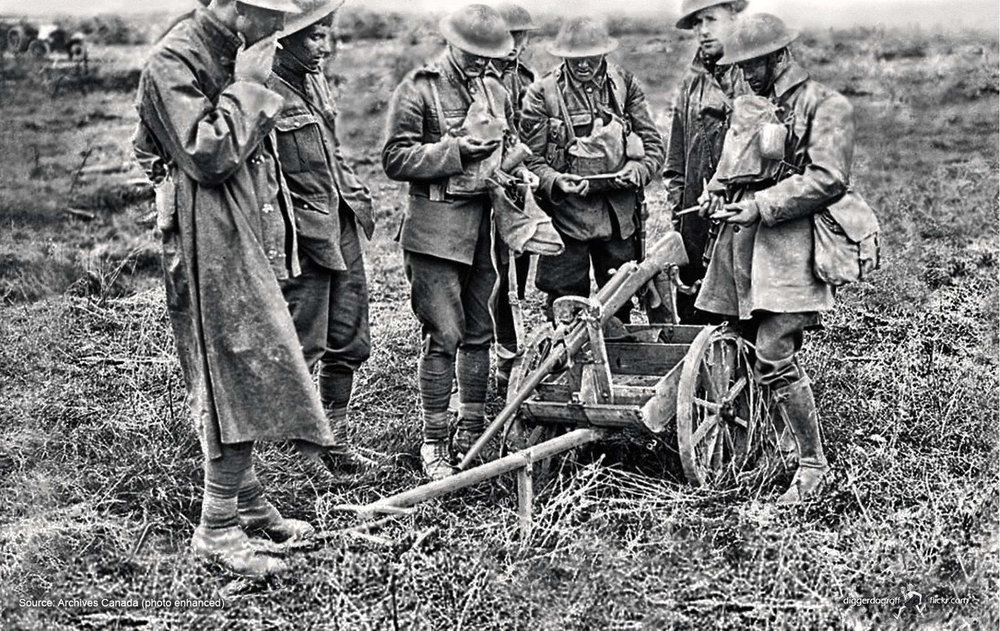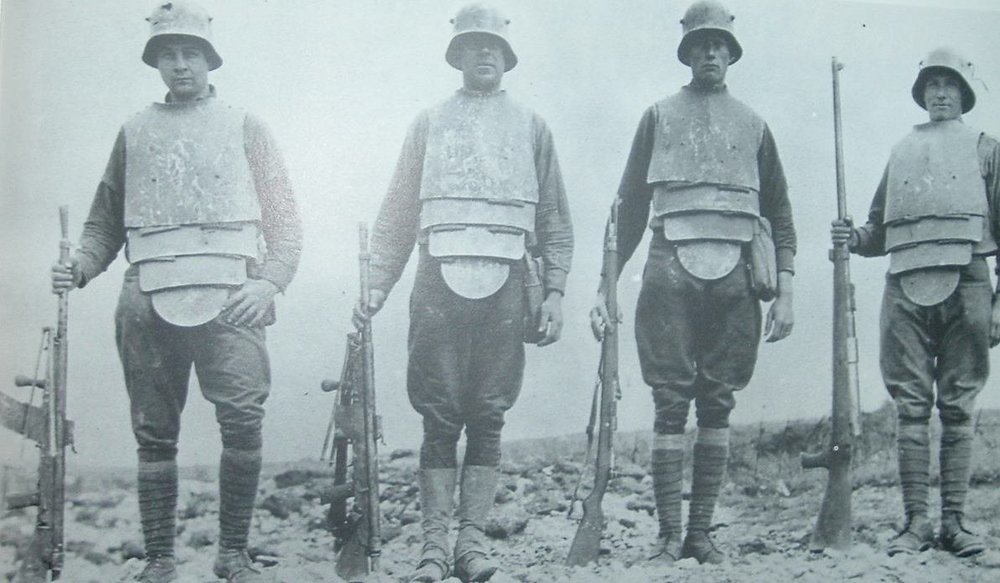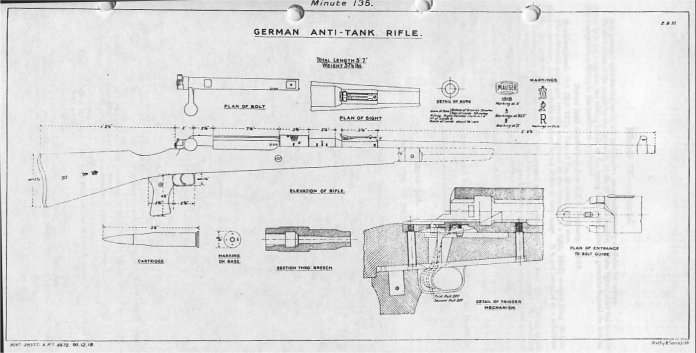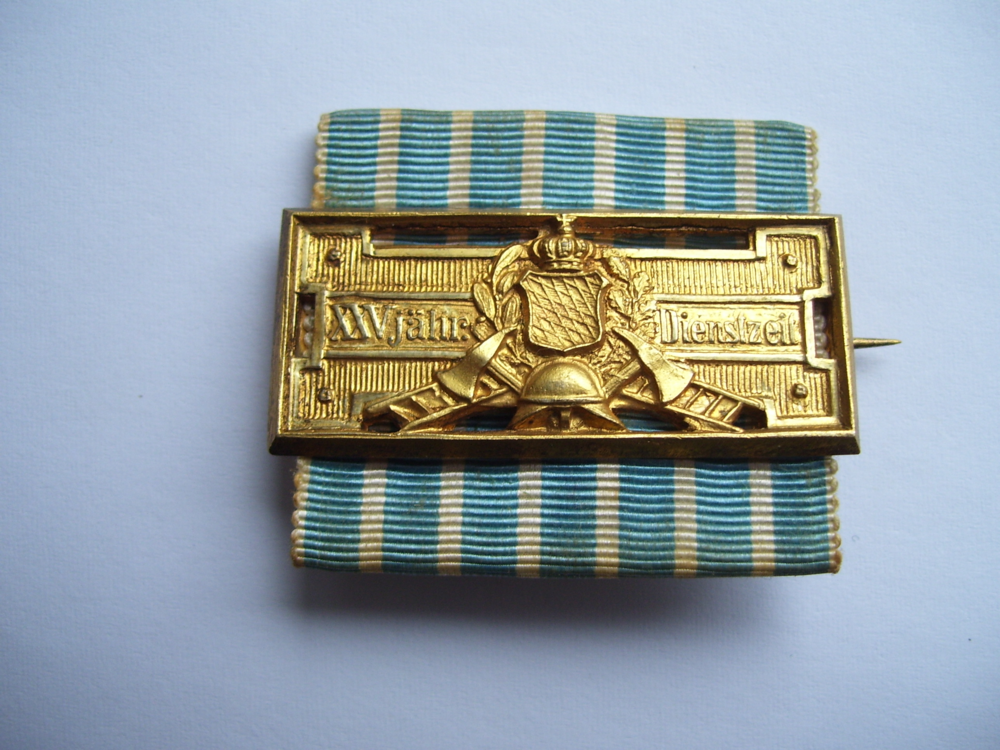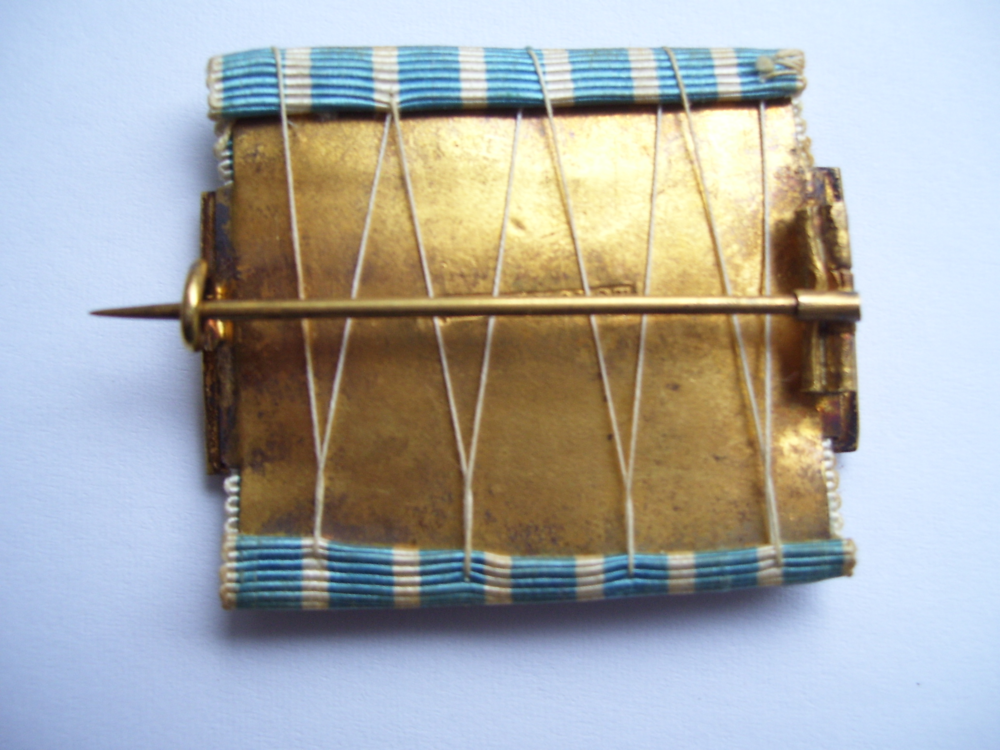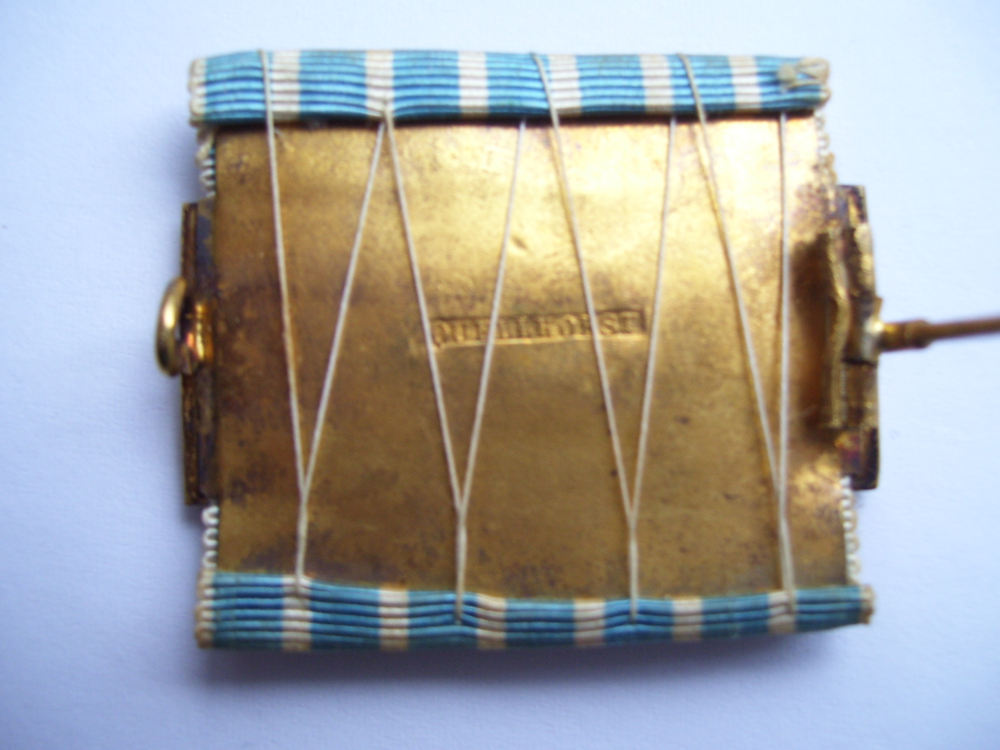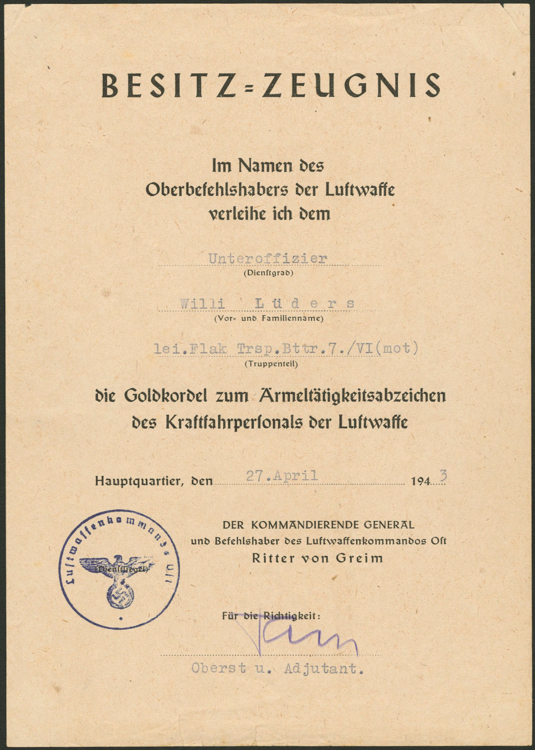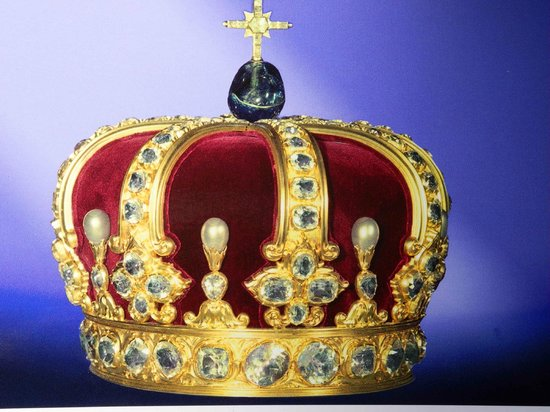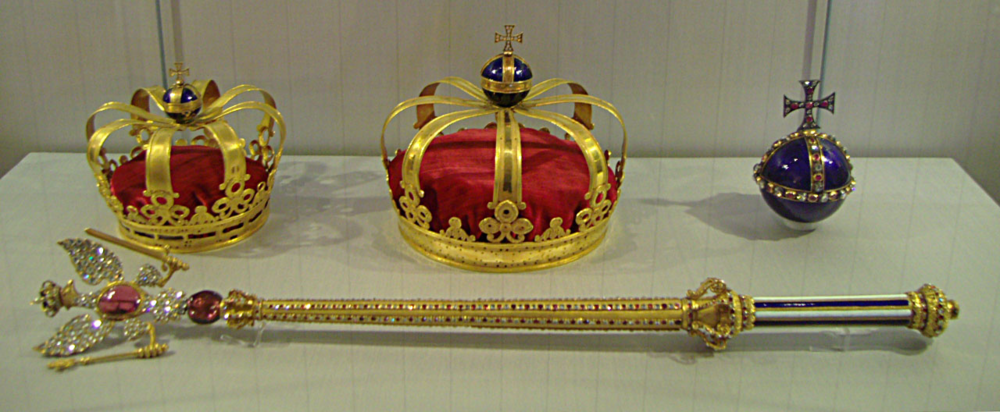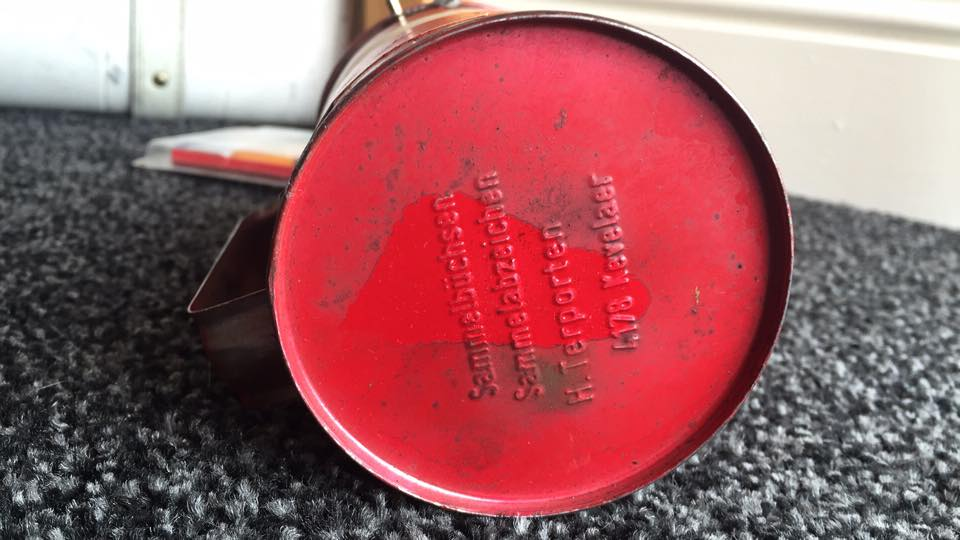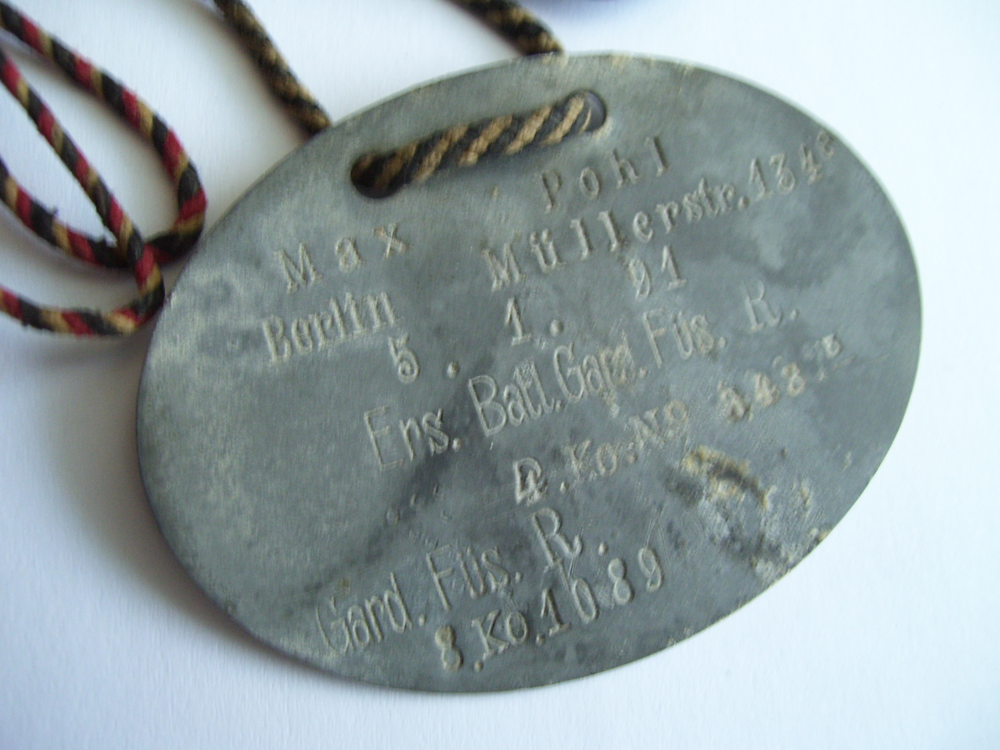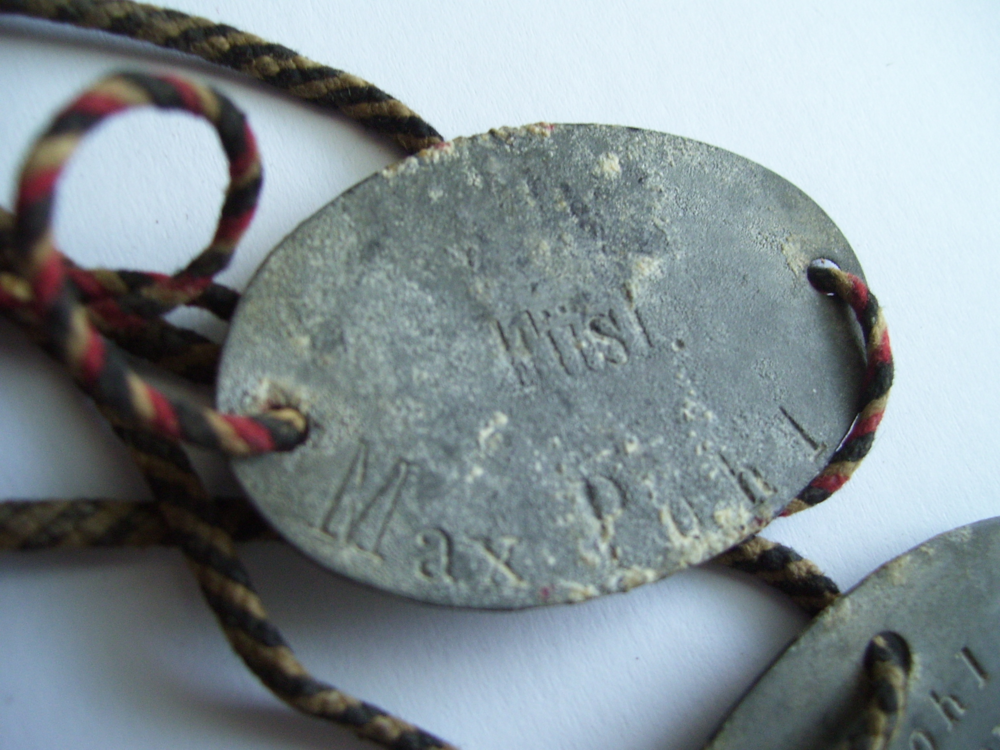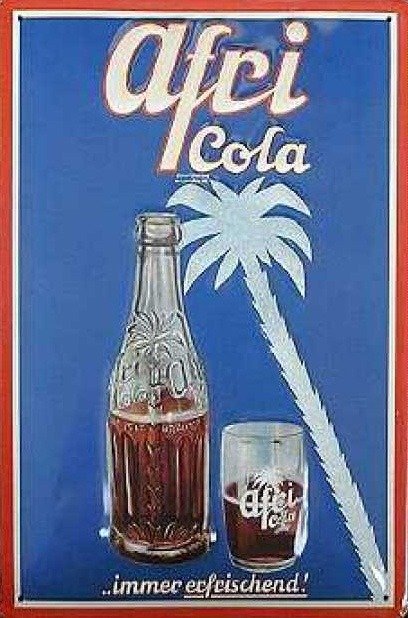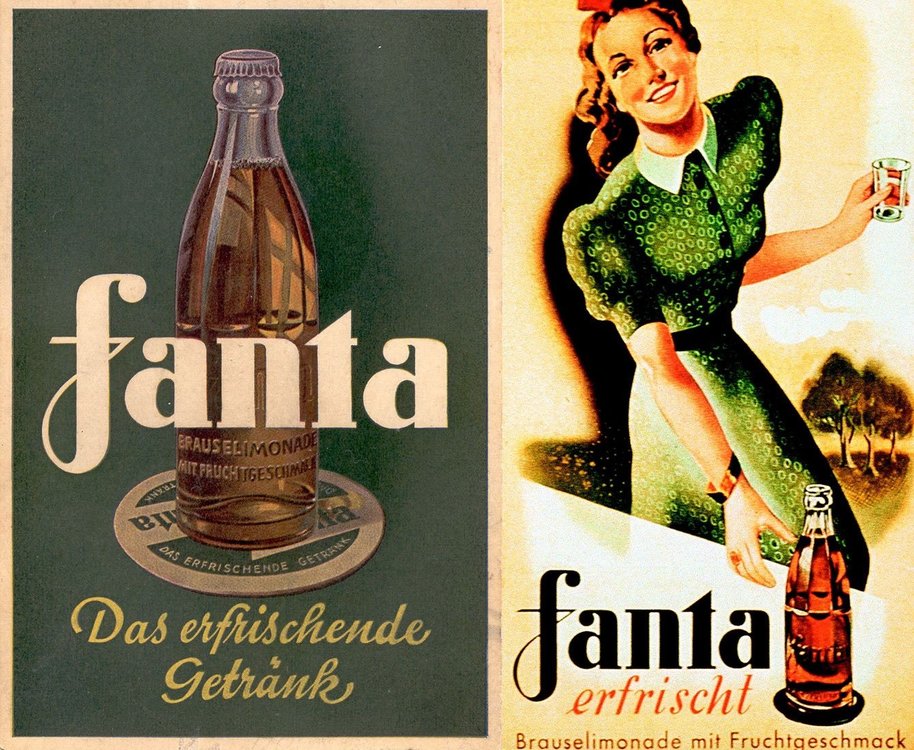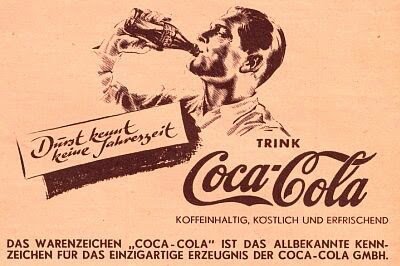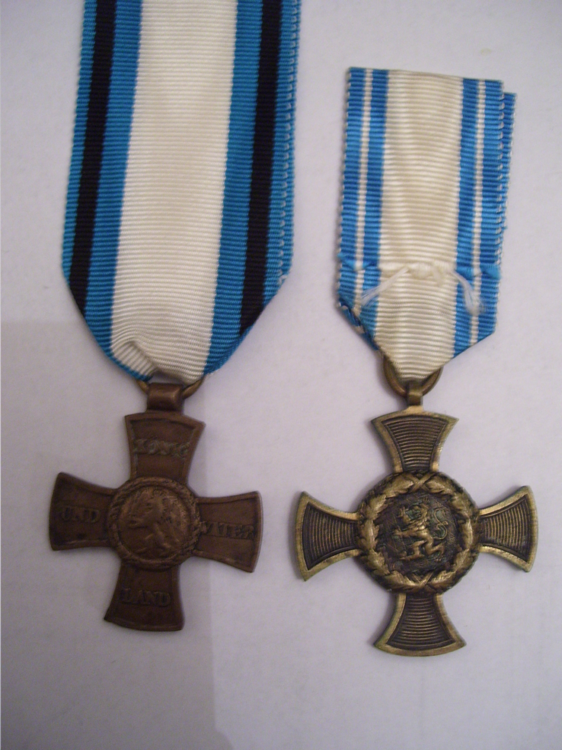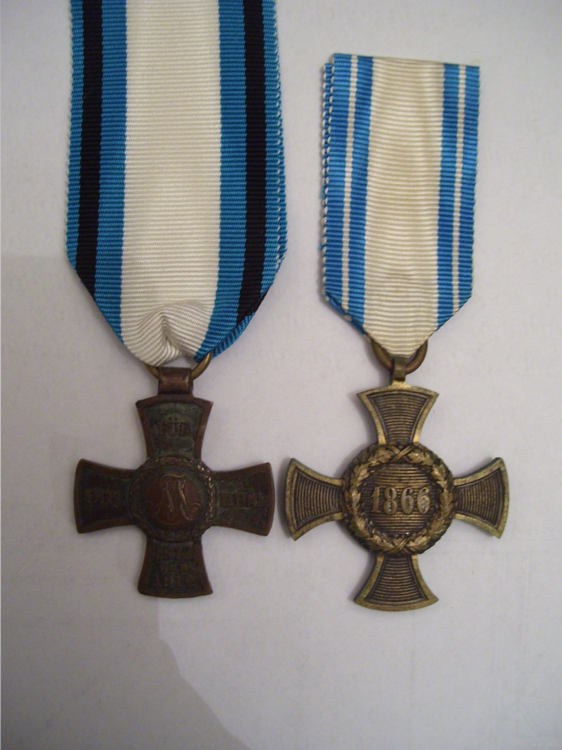Leaderboard
Popular Content
Showing content with the highest reputation on 07/12/19 in Posts
-
Here is a recent find, a wartime version pickelhaube with the steel and nickel metal. The plate on this one is from Baden. It has an original chinstrap and repro cockades (until I find some real ones). The interior is not as pretty as there is some damage to the liner. The liner is stamped: Julius Jansen - Strassburg 1915, on the brim is a ID: IR 100 possibly...3 points
-
A good idea, I don't have a record player anymore. But do have some other items that may do the trick. Not really big into collecting the WW1 Pickelhaube, just wanted a few decent examples.2 points
-
Yeah fritz, I am not overly pleased with the repro cockades myself, but I have had no luck finding a real period Baden set yet. I will put the re-painting on my to do list.2 points
-
Nice fieldgrey fittings. The Reichskokarde is well done with the colours, but the Baden cockade! Try removing the yellow and finish the cockade in a matt gold, the red ring is otherwise ok. The regimental number could be 110, or 170. N.B.: Original cockades were always accurately painted, the ring should be perfectly symetrical, important are also the right tone of colours. The front plate should be attached by two long triangular leather strips. Otherwise a very nice helmet, unusual to find fieldgrey helmets with a regimental stamp, this would be an early one. The following regiments were Baden: Badisches Leibgrenadier-Regt.109 - L.G.R.110, Karlsruhe Badisches Grenadier-Regt. Kaiser Wilhelm I. Nr. 110, Mannheim/Heidelberg (may be stamped as J.R.110) 3. Badisches Infanterie-Regt. Markgraf Ludwig Wilhelm Nr.111, Rastatt 4. Badisches Infanterie-Regt.Prinz Wilhelm Nr. 112, Mühlhausen 5. Badisches Infanterie-Regt 113, Freiburg 6. Badisches Infanterie-Regt. Kaiser Friedrich III. Nr. 114, Konstanz/Wachkommando: Burg Hohenzollern 7. Badisches Infanterie-Regt. Nr. 142, Mühlhausen/E. 8. Badisches Infanterie-Regt. Nr. 169, Lahr/Villingen 9. Badisches Infanterie-Regt. Nr. 170, Offenburg/Donaueschingen As you can see, these are quite rare, and hard to find in Germany. Baden helmets can be more easily found in GB, France and USA, most of them seem to have been "exported" at one stage, i.e., at the end of WW1. Of course, at the outbreak of WW1 additional regiments and reserves were raised, increasing the total number, the figures above are as at June 1914. You should get yourself a decent reference work with a list of all regiments. other ranks' cockade, earlier version or also private purchase type with smaller hole Officer cockade2 points
-
The "UCI" marks are from a California costume company, now long closed. Many WWI era French, German, British items were sold off and are found in collections all over the world. All items are marked "UCI" United Costume Inc.2 points
-
Below are some WW2 Era German Bottles, feel free to add comments, pictures, etc.1 point
-
Here is one of my favorite pieces, the MK1 Trench Knife, French made version "Au Lion", which was not all that different from the US made version. Only real difference is the French made version most likely was used by US forces before the end of the war, whereas the US version did not arrive in time. Not much is known about the French version, such as date of issue and number produced. For the US version, 119,424 were made before the armistice out of an original order of 1,232,780. The blade is double sided, and 6 3/4 inches long. The handle was cast bronze with spiked knuckles and on the end of the grip was a pommel. It is a very robust knife, well weighted and very deadly in design. Also these knives are very desirable to collectors and are not cheap. This knife has been heavily faked, collectors should do research before buying, lest you wind up with a repro.1 point
-
1 point
-
1 point
-
Yes, of course the number of mission required to go home only increased as the war dragged on. Unfortunately for the Germans numbers and raw materials were not in their side.1 point
-
1 point
-
That was the difference to the German side of the story. The Americans could be withdrawn after the said 25 missions etc. On the German side it was different, you had to fly or fight till you fell, there were also no more replacements coming from home.1 point
-
1 point
-
1 point
-
Feuerwehr Erinnerungszeichen, 25 Jahre, 1884-1918 Inauguration, 24. June 1884 by König Ludwig II. for 25 years service with the fire brigades in Bavaria. Gilt bronze mounted on pinback ribbon. Makers were Quellhorst and Weiss & Co., München Decoration was issued in a red case with sliding lid, red cloth lined, lid impressed with gold Bavarian coat of arms. Pinback Maker's mark: Quellhorst (München)1 point
-
1 point
-
1 point
-
1 point
-
1 point
-
1 point
-
Most veterans of the Waffen-SS had a hard time for the rest of their lives, the last survivors are still being hounded down and dragged off to court, and contrary to Wehrmachts soldiers, they got no pension or any form of compensation.1 point
-
No way, he hesitated till the end of November, first he agreed to abdicate as Emperor Germany, but was unwilling to abdicate as King of Prussia. However, the Throne was still open to his heirs, Crown Prince Wilhelm, and his heirs. The family has to this day never relenquished the rights to the Throne. However, WW2 changed many things, and the House of Hohenzollern lost all it's lands in the East, including Königsberg and East Prussia, which were the Jewels in the Crown. The present heir is Prinz Georg Friedrich. He recently lost a court case against the Federal Republic of Germany for the return reposession of former rights and for the return of works of art and estates worth millions. The new Crown of 1889 The Crown jewels of 1701 Georg Friedrich Prinz von Preußen, present heir to the Throne1 point
-
I bet he was not happy writing that, hopefully he had some good schnapps to help.1 point
-
You don't often see them in photos, just certain types, such as Flugmeldedienst, also some of the badges of the Flakartillerie are frequently seen, esp. top right.1 point
-
I noticed that, was they wear of these badges commonplace during the war? I have only seen a few images of LW personnel wearing occupational badges.1 point
-
Rare to find as a "set" and in this condition, otherwise a lot of them around in used to very used condition. The 3rd Reich period coins are now getting rare and expensive. On one side is a very small letter, which stands for the mint, where it was produced, this along with the year and condition makes the value higher. A = Berlin, J = Hamburg, etc. Good notes are also very hard to find.1 point
-
No not yet, have not gotten that far. But it is on my to do list. Know any good sources?1 point
-
The last bayonet with a ground-down sawback by Fichtel & Sachs has a Bavarian crowned "L" mark over the 16, nice to have, being a Bavarian issue. The new bayonet frog looks good, getting hard to find now, and I paid over the mark last year whilst getting one for our local museum. Do you also have some bayonet knots to go with these? These knots were in the colours of the company/batallion within the regiment, and were always worn, even till 1918. The same colour system was used till the end in 1945. Today, there are no bayonets, swords or knots.1 point
-
1 point
-
There have been a number of fieldgrey (iron) spike bases around lately, but difficult to get the spike. The leather could be carefully stitched where it is not noticeable, if there is no part of it missing, simply put the ends together and stich firmly, using a thimble and a suitable thread, it does not have to be particularly thick, a slightly thinnish thread should do. I have done quite a few repairs in my time, including stitching front and back peaks on, for these, a suitable shoemaker's thread would be best, never make any extra holes, using the originals, making sure it is an exact fit.1 point
-
It is amazing how much of this stuff is still there. I remember finding a live US Mk II Grenade in the Snee Eifel area, we roped the hole off and notified the police.1 point
-
The first gas type you mention was "Maskenbrecher" or Adamsit*. On the Somme I found a few bits and pieces, there were live Lebel cartridges from 1915, before the British took over the sectors. On a field (Schwaben Redout), I found the remains of boot soles with the hobnails still in them. Below the slopes of the Butte de Warlencourt there was an unexploded British handgrenade, and many other bits and pieces. * Also known as Phenarsazinchlorid Diphenylaminchlorarsin 10-Chlor-5,10-dihydrophenarsazin1 point
-
Well this item piqued my interest, so I decided to get one for the collection. When I was in Belgium in 2015, I spoke with several farmers who now farmland that was once battlefields, they said it was very common to find live gas shells as several of their relatives had hit one or dug one up accidentally and got gassed. They said this had not happened for some time (70's/80's) but it was interesting hearing the stories. As you walk on the fields today, shrapnel balls are still everywhere along with bullets and bullet casings, amazing.1 point
-
1 point
-
The address on the bottom of the first tin made me suspicious: 4178 Kevelaer - these Postleitzahlen were introduced well after World War 2 - that is to say, the tin is a postwar product and has been fitted with a HJ paper label - more info from internet, here are the postcodes of the area, and also the new ones introduced in 1993: The tin is still probably old by now, but not WW2 period Ortname und Ortszusatz Alte PLZ Neue PLZ Bundesland Kevelaer West-4178 47623 Nordrhein-Westfalen Kevelaer West-4178 47624 Nordrhein-Westfalen Kevelaer West-4178 47625 Nordrhein-Westfalen Kevelaer West-4178 47626 Nordrhein-Westfalen Kevelaer West-4178 47627 Nordrhein-Westfalen1 point
-
I forgot - Westfälisches Jäger-Bataillon 7 (Schaumburg-Lippe), now added. The identity disc / Erkennungsmarke shown above is one of a set of 2, later replaced with a split disc, which could be broken into two pieces. The fact that the disc shown is only single could well mean that the wearer was a casualty. Many ground dug discs have been turning up in the past few years, particularly in Eastern Europe and Russia - this practice is illegal - when discs are found, these have to be reported to the authorities responsable - behind each disc is the fate of a missing soldier. It is a matter of tact and responsability when purchasing discs from dubious sources. Below is a set of matched discs to one wearer. On the smaller disc is a coloured cord, red/white/black: Deutsches Reich, the other is in the colours of the nationality of the wearer, black and white for Prussia. They are from the Garde-Füsilier-Regiment, Ers.-Btl., 4.Komp., later 8. Kompagnie. Name, date of birth and address and Stammrollennummer are included on the larger disc.1 point
-
Here is another WW2 Era German Beverage bottle, this one is called Afri-Cola. Afri Cola was a direct Coca Cola knock-off. The bottle was heavily molded in the fashion of Coke bottles and the two-part name and logo were reminiscent of Coke. They even sold it for consumption in Coke "shaped" glasses. The trademark symbol was a palm tree. The description of the contents, the trade mark protection data, and even the dating code on the bottle was copied almost verbatim from a Coca Cola bottle. On the bottom edge it reads "Hersteller der Afri-Urprodukte Bluna-Koln 18" in the center it reads "0.25l Ge 2241"1 point
-
Here is another WW2 German Bottle, this one if for Fanta, a drink I still enjoy to this day. The U.S.’s entrance into World War II meant that American companies had to immediately stop all business activities with the enemy. In addition, the German government was threatening to seize “enemy-owned” businesses. Coca-Cola HQ in Atlanta also cut off communications with Max Keith (German Coca-Cola Company Subsidiary Owner) in Germany and halted the export of Coca-Cola’s 7X flavoring (the long-mythicized, top secret formula for Coca-Cola syrup). To keep production going during the war, Keith patched together a recipe within the limitations imposed by wartime rationing. It was basically made from the leftovers of other food industries: fruit shavings, apple fibers and pulp, beet sugar, and whey, the liquid remaining after milk has been curdled and strained during cheese production. To name this concoction, Keith told his team to use their imagination. Joe Knipp, a salesman, pitched “Fanta,” shorthand for the German word for “fantasy.” It stuck. Fanta saved Coca-Cola GmbH. Sales rose gradually during the war, particularly as other choices became harder and harder to find. It wasn’t simply drunk either. Fanta was popular as a sweetener for soups due to severe sugar rationing, since the drink’s renown earned it an exemption from the rationing after 1941 (though Keith had to use beet sugar). It was likely used for a variety of other cooking and baking needs as well. In April 1955, Coca-Cola reintroduced Fanta with a new recipe, this time as an orange-flavored drink. It debuted in Italy, before making its way to the United States in 1958. This bottle has the following on this front "Fanta, Schutzmarke, Brauselimonade mit Fruchtgeschmack" On the bottom it reads "MG, 0.25L, 42"1 point
-
In the 1930's Coca-Cola was struggling to get a foothold in other countries, with one exception. Germany was by far the most successful location in which the Coca-Cola beverage thrived. In 1939, Coke sold almost 4.5 million cases in Nazi Germany. Reportedly, even Hitler enjoyed the beverage from time to time while watching movies in his private theater. However as the war in Europe got going, tighter German restrictions on imports and what the US would export kind of sealed the fate on Coca-Cola for a time. This however led to development of a new drink - Fanta. Coca-cola production resumed in Germany in 1949. This bottle has the Coca-Cola style script around the bottle, with schutzmarke (trademark) below it. The glass itself is quite heavy, much more so than today's versions. On the bottom are more markings. First is "Ruhrglas 37" Made by Ruhrglas in 1937, followed by 0.2L for the size.1 point
-
Here is a BC-611 Signal Corps Radio Receiver and Transmitter as used by US and allied forces in WW2. These units were powered by a BA-37 1.5 volt dry battery for the filament supply and a 103.5 V BA-38 battery for plate supply, which usually lasted for a 24 hour period of normal usage. This radio weighed 5 pounds with batteries loaded. The unit operated in AM voice mode between 3.5 and 6.0 MHz frequency range on any one of 50 channels. The range of the unit varied with terrain; from a few hundred feet, to approximately one mile over land, and 3 miles over water. The antenna was located under a metal protective sleeve, which was unscrewed and placed on a storage post when in use.1 point
-
1 point
-
1 point
-
1 point
-
J = Jnfanterie = Reserve-Infanterie-Regiment 61, 2.Kompagnie the 88 is the Stammrollen-Nummer (enlistment no. within the unit) there were not that many Jäger-Bataillons - they were grouped together during the war to form a regiment, but otherwise they were traditionally a Battalion. Example: J.B.10 would be Jäger-Batailon Nr.10 Peacetime Formations were: Garde-Jäger-Bataillon (Potsdam) Garde-Schützen-Bataillon (Berlin) Prussian Jäger-Bataillons Nr. 1-6, 8-11 Westfälisches Jäger-Bataillon 7 (Schaumburg-Lippe) Saxon Jäger-Bataillons 12, 13 Mecklenburgisches Jäger-Bataillon 14 Bavaria: 1. u. 2. Jäger-Bataillon1 point
-
1 point
-
1 point
-
1 point
-
1 point
-
SS Buckles, like all SS items are a nightmare, the first is meant to be an Assman the second 882/38 is also very close to the original however both these buckles are heavily faked and I agree with RAF the maker stamps just don't look quite right although they are very close.1 point






